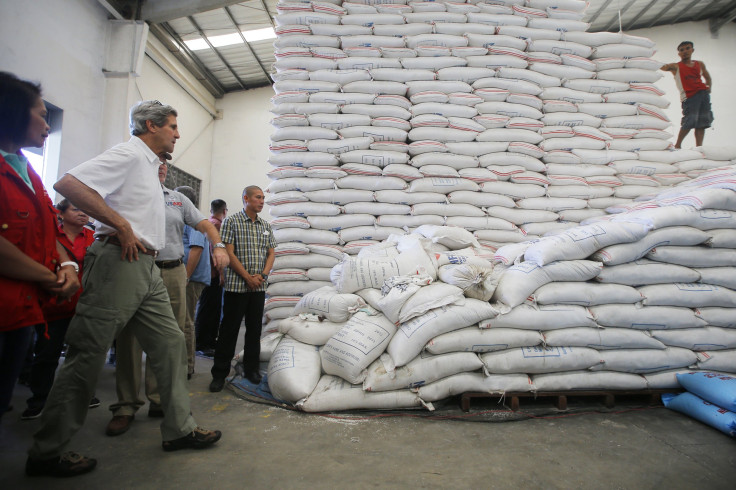USAID Wastes Billions Shipping American Food Abroad: Report

The U.S. Agency for International Development (USAID) is spending more on the transportation of its food aid than the food itself, according to an investigative report from USA Today and graduate students at Northwestern’s Medill School of Journalism.
For their report, entitled “Hunger Pains: U.S. Food Aid Program Struggles To Move Forward,” they found that the agency spent $7.4 billion on food between 2003 and 2012 while shelling out $9 billion on transportation and logistics. Experts said it was the most “inefficient humanitarian aid program in the world.”
“The students have shown what can go wrong and what has gone wrong, even in the most well-intentioned government programs -- those designed to save the lives of the world’s most vulnerable populations,” Josh Meyer, project leader and director of education and outreach for the Medill National Security Journalism Initiative, which awarded scholarships for the Washington-based reporting project, said in a public statement last week.
USAID’s Food for Peace program, with its mandate to source and send its supplies through American operators, is no stranger to criticism and has become a point of contention in American politics.
Among other things, the reporters found that the average shipment of food from the United States takes 147 days to reach its target, more than double the 35 to 41 days it takes to send food purchased locally, according to data from a 2009 report from the Government Accountability Office, the Congressional watchdog agency that has long criticized Food for Peace.
“People [have] died waiting for the food to arrive because of the very long logistics chain that’s required to get the food all the way from the United States to the location,” former USAID administrator Andrew Natsios told the reporters. “And it’s very expensive to move food over that distance.”
The issue is not unknown and has become a topic of great debate in Congress.
More than seven years ago, Natsios started a campaign to reform the food aid programs to allow for foreign purchases of emergency supplies and did manage to enact a few pilot programs to buy local food. But these still account for just a fraction of the billions that USAID spends every year.
By 2013, the President had proposed that 45 percent of food aid be purchased as close as possible to crisis zones to help food arrive faster. But these and other proposals were all struck down, thanks in large part to lobbying from a coalition of interest group insiders called the “Iron Triangle,” according to the report. This group of growers, transporters and volunteer organizations receives roughly $1.4 billion from Congress every year.
Reforms proposed in the president’s fiscal year 2015 budget would require 25 percent of these resources to be made available for “flexible interventions,” according to a USAID press release.
© Copyright IBTimes 2024. All rights reserved.






















